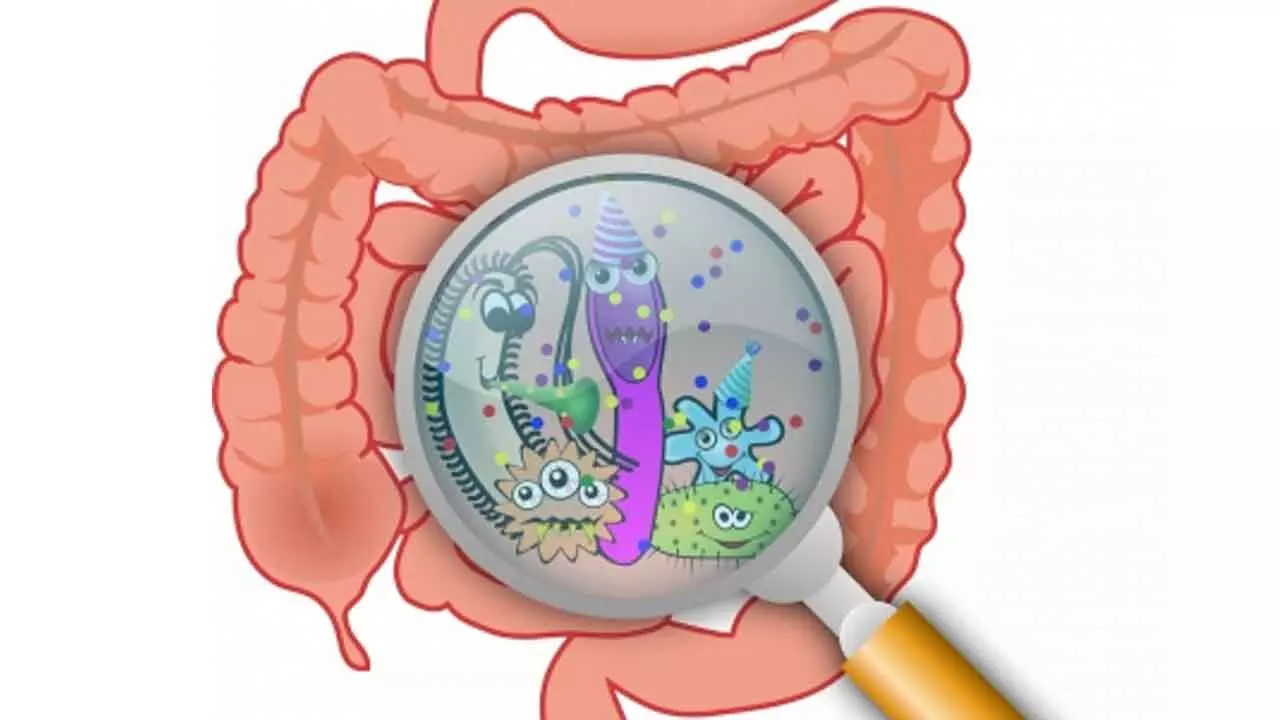What Are The Mechanisms Behind Food Poisoning, Gut Infections?
Study finds salmonella is the most common cause of food poisoning. It can be found in raw eggs, undercooked poultry, beef, pork, vegetables, and processed foods
What Are The Mechanisms Behind Food Poisoning, Gut Infections?

Inflammation in the small intestine helps salmonella derive nutrients that fuel its replication in the colon
New Delhi: A team of US researchers has found that Salmonella bacteria -- a major reason behind food poisoning -- gets inside the gut by tricking the protective bacteria.
According to the World Health Organisation (WHO), about 600 million people get sick from unsafe food every year, while 420,000 people annually die from unsafe food.
Salmonella is the most common cause of food poisoning. It can be found in raw eggs, undercooked poultry, beef, pork, vegetables, and processed foods.
Trillions of bacteria reside in the gut and many produce short-chain fatty acids (SCFAs) that help fight harmful pathogens.
Salmonella grows in the gut by changing the nutrient balance in the digestive system. It then survives by altering the gut nutrient environment, revealed the study, published in the Proceedings of the National Academy of Sciences.
While it was previously known that Salmonella invades the small intestine, Andreas Baumler, Professor at the University of California-Davis, US, said that they found that the pathogen can enter the colon and spread.
Salmonella first enters the small intestine and causes inflammation in the gut lining. This disrupts the normal absorption of amino acids from food, creating an imbalance, enabling the pathogen to survive and multiply in the large intestine (colon), explained Baumler, also the lead author.

